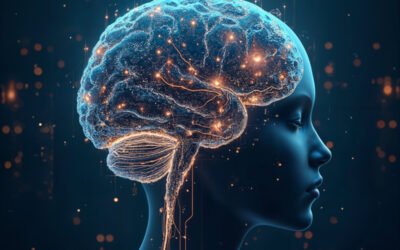Exploring the Intersection of Music and Genetics: The Concept of DNA Music
The concept of DNA music was introduced in 1986 by Japanese geneticist Suzumu Ono, who converted the four nucleotide bases of DNA – guanine (G), thymine (T), cytosine (C), and adenine (A) – into musical notes A, C, G, and D, respectively. This uncovered a fascinating correlation between DNA and music, opening up new avenues of exploration. The realization that sound, which possesses mass and can move matter, might influence our DNA, led to investigations into the potential healing properties of music.
Ono’s innovative translation of DNA sequences into melodious compositions, associating specific musical notes with nucleotide bases, showcased the inherent musicality within our genetic framework. This sparked curiosity and deeper questions about the potential reciprocal influence between DNA, our life’s blueprint, and music. The four nucleotide bases of DNA, adenine (A), cytosine (C), guanine (G), and thymine (T), can be viewed as a symphony of genetic information, each playing a unique role in the organism’s genetic instructions. The intriguing link between the complexity of genetics and the universal language of music was thus highlighted through Ono’s work of transforming DNA into harmonious melodies.
Suzumu Ono’s groundbreaking work of associating musical notes with nucleotide bases provided a glimpse into the deep interconnection between science and art. His process didn’t just give birth to stunning music compositions but also revealed the inherent musical nature present within our genetic code. This led to a wave of interest in the potential two-way relationship between DNA and music, exploring the idea that music might also have an impact on our genetic composition.
Given the complex structure of DNA and the intricacies of musical compositions, it’s intriguing to consider the possible influence of music on our genetic code. Music, a potent medium known to evoke a spectrum of emotions and elicit both physiological and psychological responses, transcends language and cultural barriers. It can spark joy, tranquility, thrill, or self-reflection. Considering these profound effects of music on our emotional states and well-being, the question arises: could music have a tangible impact on our DNA?
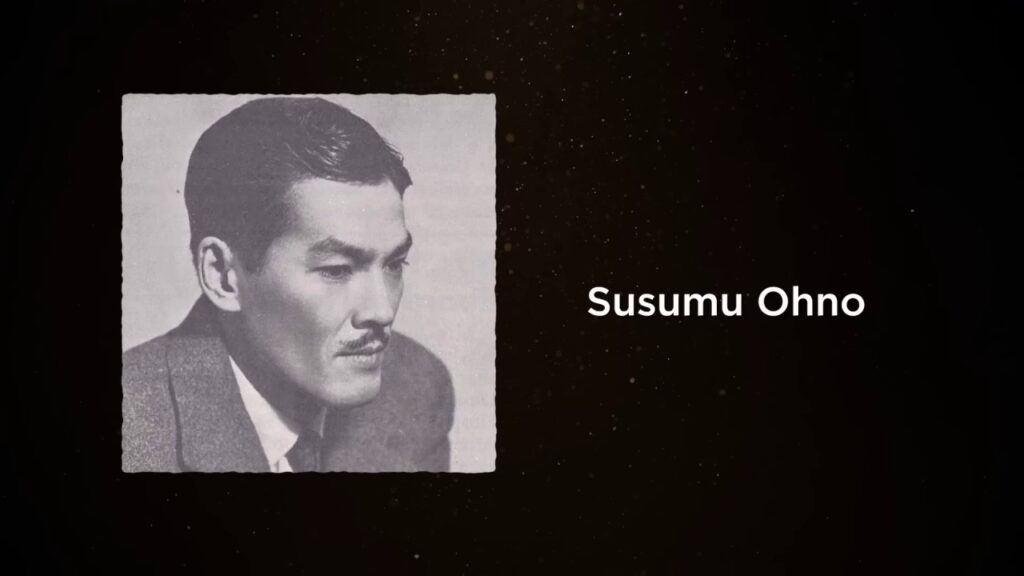
Scientific research is increasingly suggesting that music might have the potential to affect genetic expression and cellular functions. This is explored in the field of epigenetics, which studies how factors beyond the DNA sequence, like environmental stimuli and lifestyle choices, can alter gene expression. Sound, as a stimulus, might also induce epigenetic changes within our cells. Recent studies have demonstrated that sound waves can impact cellular activity. For example, certain frequencies can stimulate or suppress cell growth, influence protein synthesis, and even regulate the release of neurotransmitters.
Emerging research indicates that music, a blend of harmonious frequencies, might interact with our cellular processes, including those related to DNA. The field of cymatics, which studies the relationship between sound, vibrations, and the formation of intricate geometric patterns in substances like sand or water, provides a fascinating perspective on this. This exploration has led to remarkable discoveries about the vibrational energy of sound, visualized through the patterns created in these materials. Such studies in cymatics lead us to question the potential impact of music, a complex arrangement of sound waves, on our bodies, including our DNA.

Cymatics has showcased how specific sound frequencies can create captivating patterns within matter. As sound waves traverse a medium, they trigger vibrations among the particles within it. These coordinated vibrations manifest as complex geometric shapes that can be visually examined. This understanding that sound waves have the power to visibly alter matter propels us to contemplate whether music, with its sophisticated array of sound waves, could potentially influence not just our physical environment but also our very genetic makeup – our DNA.
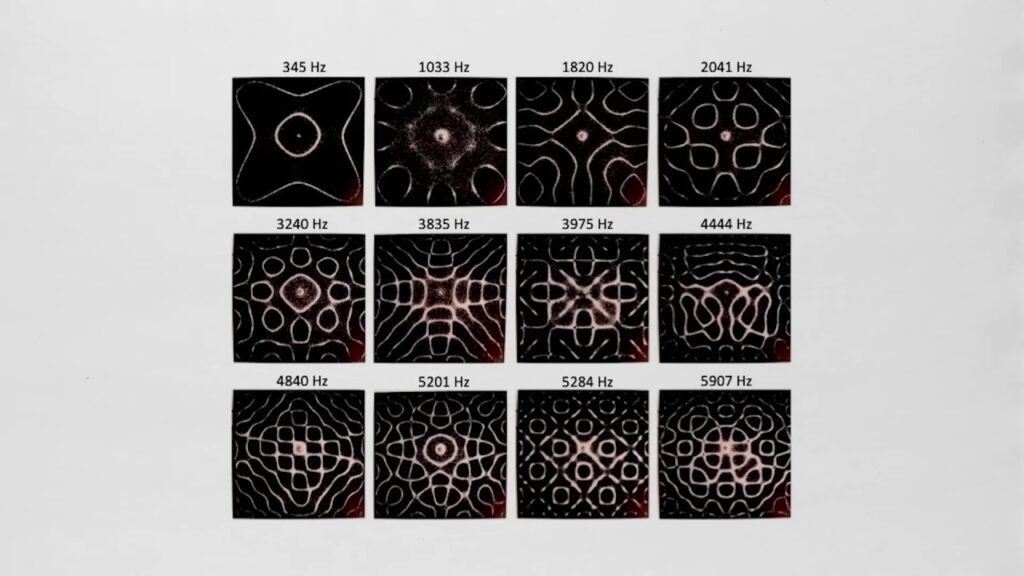
Listening to music allows us to experience a rich tapestry of frequencies and harmonies, with each musical note encapsulating a distinct frequency and wavelength. These musical vibrations, akin to all sound waves, have the potential to interact with our bodies at a fundamental level. DNA, the blueprint of life within our bodies, holds the genetic instructions that define us. Comprising nucleotide bases, each base possesses its unique vibrational properties. Given that sound waves can modify vibrational patterns in matter, it’s plausible to consider that music, with its complex array of sound waves, could potentially influence the vibrational state of our DNA. This thought process naturally leads us to contemplate the concept of resonance.
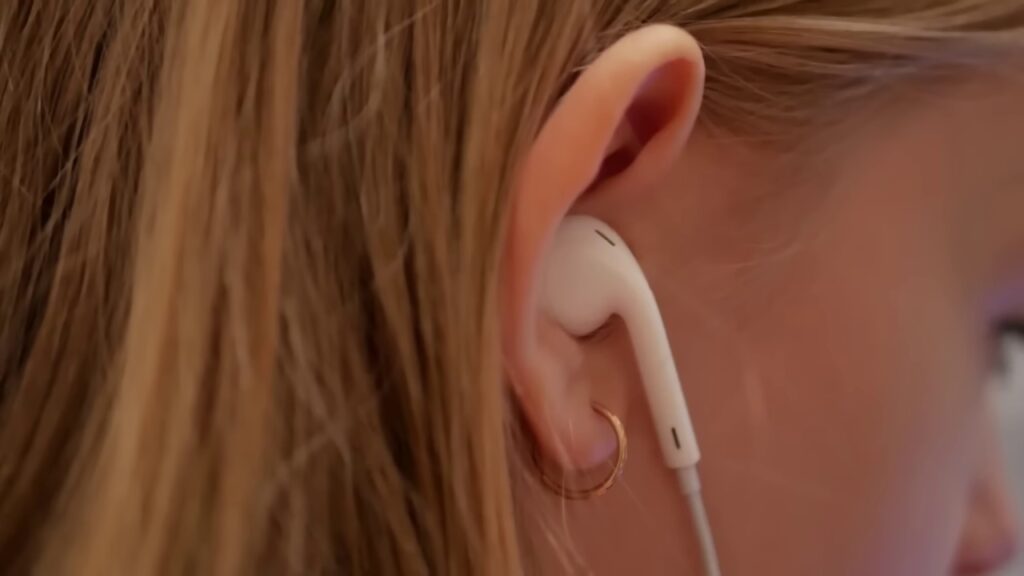
Resonance is a phenomenon that occurs when two objects with similar frequencies interact, leading one to vibrate in response to the other’s vibrations. It’s conceivable that the resonant frequencies in music could interact with the vibrational frequencies of our DNA, fostering a harmonious resonance within our cells. If music can indeed influence our DNA’s vibrational state, it might have potential implications on gene expression, cellular activities, and ultimately, our overall health. This paves the way for new possibilities in using music as a therapeutic tool, potentially restoring balance and fostering healing at a profound level. The impact of sound and vibration on the human body has indeed been the focus of numerous studies.
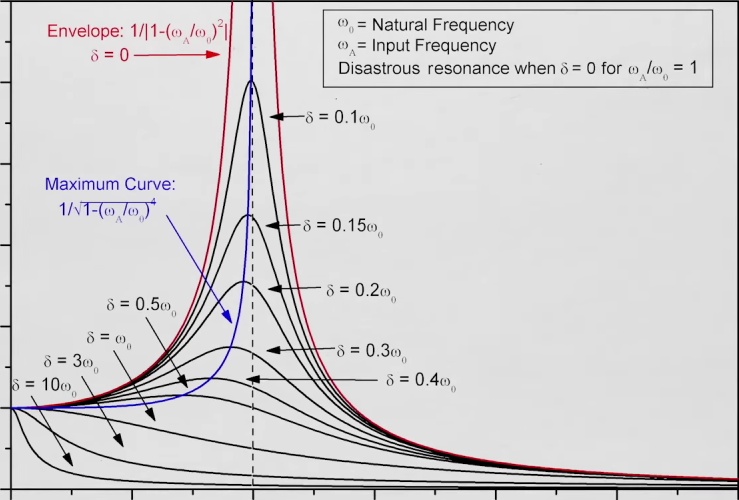
Sound therapy, an intriguing field of study, has shown its potential in promoting relaxation, alleviating stress, and enhancing overall well-being. Observations have noted that resonant frequencies from various musical instruments can stimulate diverse physiological responses in individuals, underscoring the substantial influence of sound and vibration on our bodies. When we ponder the impact of sound and vibration on DNA, it’s essential to note that DNA is not a mere inert molecule. It has inherent vibrational frequencies that are integral to its functioning, playing a pivotal role in maintaining the stability and integrity of our genetic material. Disruptions to these frequencies can result in genetic mutations or alterations, significantly affecting our health and well-being. Given DNA’s vibrational nature, it’s plausible to posit that music, a potent source of vibrations, could interact with our genetic material at a fundamental level.
The complex ensemble of sound waves in music produces vibrations that can penetrate our bodies, reaching all the way to our cellular level. From this standpoint, music could be seen as a medium potentially capable of resonating with the vibrational frequencies of DNA. The resonant frequencies present in music might align with or impact the vibrational frequencies of our genetic material, possibly resulting in physiological and even epigenetic changes. Epigenetics, which examines heritable changes in gene expression without alterations to the DNA sequence, offers a framework for understanding how music might influence our DNA.
Epigenetic modifications can be shaped by external factors like environmental stimuli, lifestyle choices, and potentially, sound vibrations. By influencing the vibrational frequencies of DNA, music could potentially modulate gene expression, thereby affecting cellular processes and overall physiological responses. This introduces a fascinating area of exploration concerning the potential therapeutic use of music to promote wellness and restore bodily balance. The therapeutic effects of music, including specific melodies and rhythms, have been recognized and utilized for promoting physical and emotional well-being since ancient times, carrying through to the present day.
The Harmonious Interaction between Music and DNA: A Potential Pathway to Health and Healing
Recent scientific research has illuminated the physiological impacts of music, showing its potential to influence several bodily functions. Listening to music has been found to affect heart rate, blood pressure, stress hormone levels, and even immune system activity. These findings indicate that music has the exceptional ability to interact with our bodily processes, influencing our overall health and well-being. Given such significant influences on these physiological aspects, it’s plausible to conjecture that music may also have the potential to affect our DNA at a molecular level.

DNA, the fundamental blueprint of life, is crucial in determining our genetic makeup and sustaining our cellular functions. The vibrational frequencies in music could potentially be the key to its influence on DNA. DNA has its inherent vibrational frequencies, and disturbances to these frequencies can cause genetic mutations or imbalances. It’s possible that by aligning particular musical frequencies with DNA’s vibrational frequencies, music could restore harmony and balance within our genetic blueprint. Studies in bioacoustics suggest that certain frequencies and harmonies can resonate with specific body parts.
Much like a proficient musician tuning their instrument for harmonious sounds, it’s conceivable that music, when thoughtfully composed and attuned, could generate resonances that interact with our DNA’s vibrational frequencies. The potential healing influence of music on DNA is not merely speculative. Research shows that music therapy can affect gene expression, altering the activity of genes linked to stress response, inflammation, and immune function. This implies that music can trigger epigenetic changes, altering gene expression patterns without changing the underlying DNA sequence. Moreover, emerging research in psychoneuroimmunology unveils the complex interplay between mind, body, and the immune system. Music, with its power to elicit emotional and psychological responses, can subsequently modulate immune system activity.
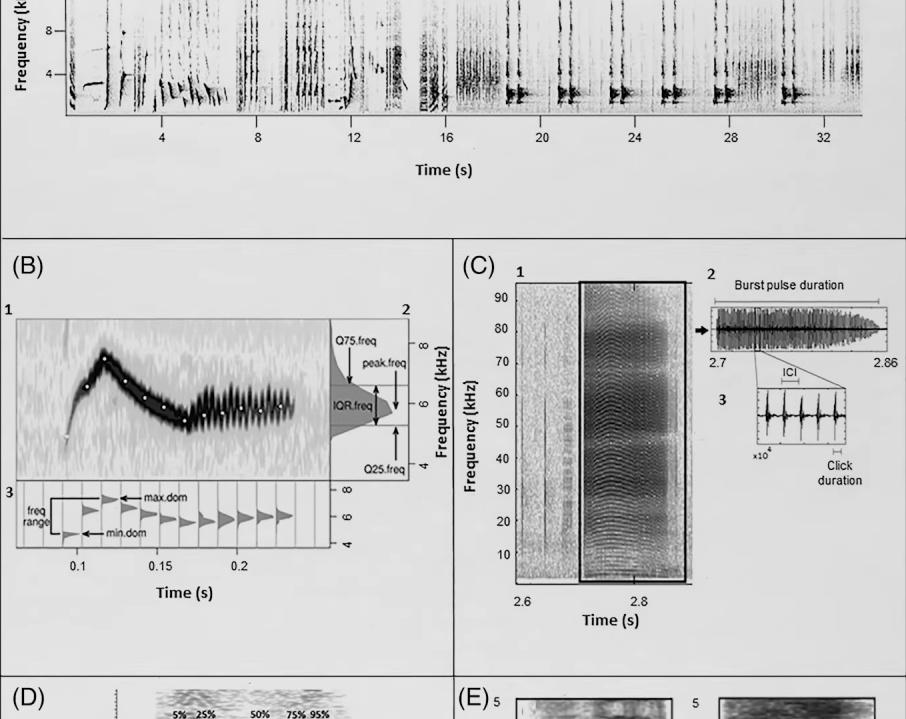
Exploring the Healing Potential of Music and Specific Frequencies on DNA and Well-being
These immune-modulating effects may enhance the potential healing influence of music on our DNA. Notably, the frequency 432 Hz has garnered attention for its claimed unique resonance with the human body and nature, fostering harmony and balance within our DNA. Advocates assert that listening to music tuned to 432 Hz can evoke a profound sense of well-being and possibly facilitate cellular-level healing. Additionally, sound-based therapies like isochronic tones and binaural beats provide further opportunities to delve into the experience of specific frequencies.

Isochronic tones, single tones that flicker on and off at set intervals, and binaural beats, which present two slightly different frequencies to each ear to create the perception of a third frequency, are two techniques that can target specific brainwave states, inducing desired effects like relaxation, focus, or enhanced creativity. Another intriguing aspect of specific frequencies that has recently gained attention is Solfeggio frequencies. These frequencies, including 396 Hz, 417 Hz, 528 Hz, 639 Hz, 741 Hz, and 852 Hz, are believed to possess unique properties that resonate with different aspects of our well-being. Each frequency is associated with specific intentions, such as releasing negative energy, facilitating change, promoting DNA repair, enhancing relationships, stimulating intuition, and awakening spiritual connections. A variety of resources and programs are available for those interested in exploring and experiencing these specific frequencies for different body functions and enhancements to well-being. There are comprehensive programs offering extensive libraries of sounds, including isochronic tones, binaural beats, and Solfeggio frequencies.
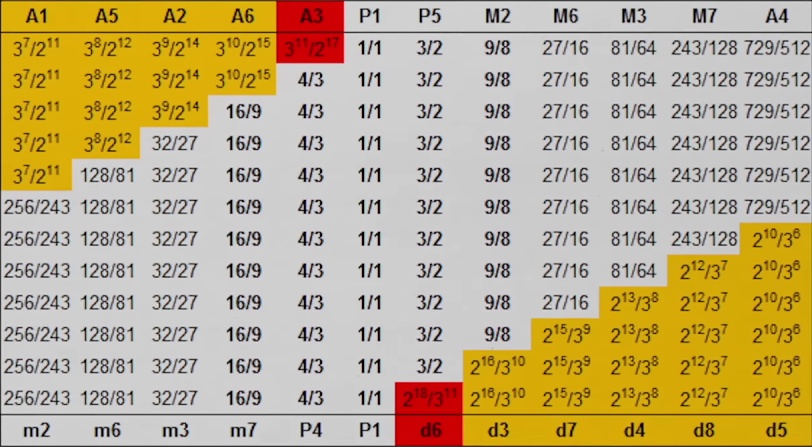
This program offers a convenient and customizable method for choosing and immersing in the frequencies that align with your intentions and desired results. The idea of modifying DNA through specific frequencies remains an area of ongoing research, but the potential to influence our well-being at a cellular level is both intriguing and inspiring. By using specific frequencies like 432 Hz and Solfeggio frequencies, and participating in sound-based therapies, we can create a harmonious resonance within ourselves, potentially fostering positive changes in our DNA and overall health. Summarily, specific frequencies carry great potential to modify our DNA and enhance our holistic well-being. By diving into these frequencies using resources like the mentioned program, we can tap into the transformative power of sound, possibly unlocking the ability to impact our DNA positively and experience profound well-being.

Hi, I’m Holly Celestine and I am a Licensed Vibrational Sound Therapy Practitioner on a mission to liberate and activate your highest human potential. In pursuit of avenues that bring the entire body into balance and harmony, I found that sound, vibration and frequency play a vital role in the symbiotic connection to our mental, emotional, and physical well-being. In addition to being a Licensed Vibrational Sound Therapy Practitioner, I’m certified in Biofield Tuning, Voice Analysis, Massage Therapy, Usui Reiki Master, and Bodytalk.
I use vibrational sound therapy for targeted nervous system relaxation to help people feel relief from their debilitating stress, anxiety, and chronic pain. I’m a life-long learner, ever evolving and consciously expanding into my best self, tuning into wholeness and balanced vibrations! Connect with me to amplify your highest expression using Sound Therapy.
In my Universal Harmony studio, you can experience how the sound combination of the gong, singing bowl and chimes create harmonic resonance that enhances and revitalizes your energy. By focusing on each of the seven chakras, the experience helps you connect more deeply with yourself and to Source energy. I often play uplifting tunes as participants surround themselves in beautiful instruments. Whether you’re looking for a partner, a group or to enjoy life fully as a single, these sessions provides enhanced awareness that impacts body, mind and spirit.
For a personalized session, you can schedule your appointment with us here.


